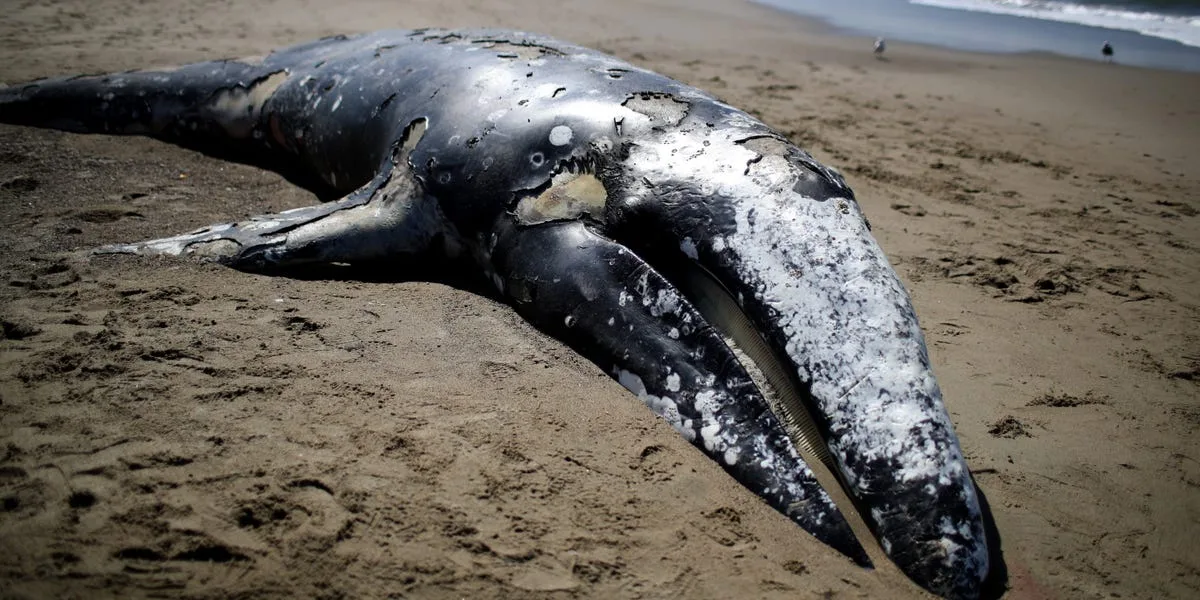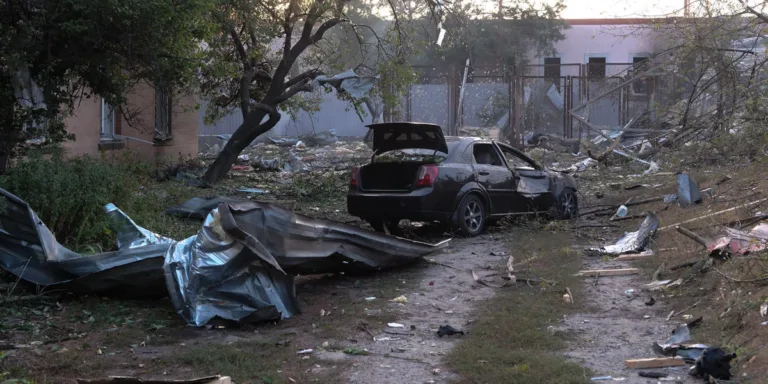Melting Sea Ice Linked to Alarming Rise in Gray Whale Deaths
Since 2019, there has been a concerning increase in dead gray whales washing up along the Pacific coast. This ongoing phenomenon has been declared an ‘unusual mortality event’, prompting scientists to investigate the cause.
A study conducted by the scientists at Oregon State University’s Marine Mammal Institute suggests that the melting sea ice in the Arctic is to blame. The decrease in sea ice has led to a decrease in the crustaceans that the gray whales rely on for food.
The North Pacific gray whale population has experienced a drastic decline from an estimated 27,000 in 2016 to 14,500 in 2023 as a result of this ongoing die-off.
Gray whales undertake the longest migration of any mammal, traveling over 12,000 miles annually from their Arctic foraging grounds to the warm lagoons of Mexico’s Baja Peninsula for breeding. In the Arctic, they feed on amphipod crustaceans, which in turn feed on algae found on the underside of sea ice.
The melting sea ice disrupts this delicate food chain, leading to a scarcity of prey for gray whales and, consequently, causing malnourishment and lower birth rates.
Despite the concerning rise in whale deaths, extinction is not currently a risk for gray whales. Decades of conservation efforts following extensive hunting have allowed the populations to rebound after international whaling regulations were implemented.
However, this situation highlights the far-reaching consequences of the climate crisis as sea ice continues to melt at alarming rates. The study serves as a reminder that even highly resilient species like gray whales are susceptible to the impacts of climate change.
If the trend continues, it is possible that the world will have to adjust to the reality of fewer gray whales in the future.







